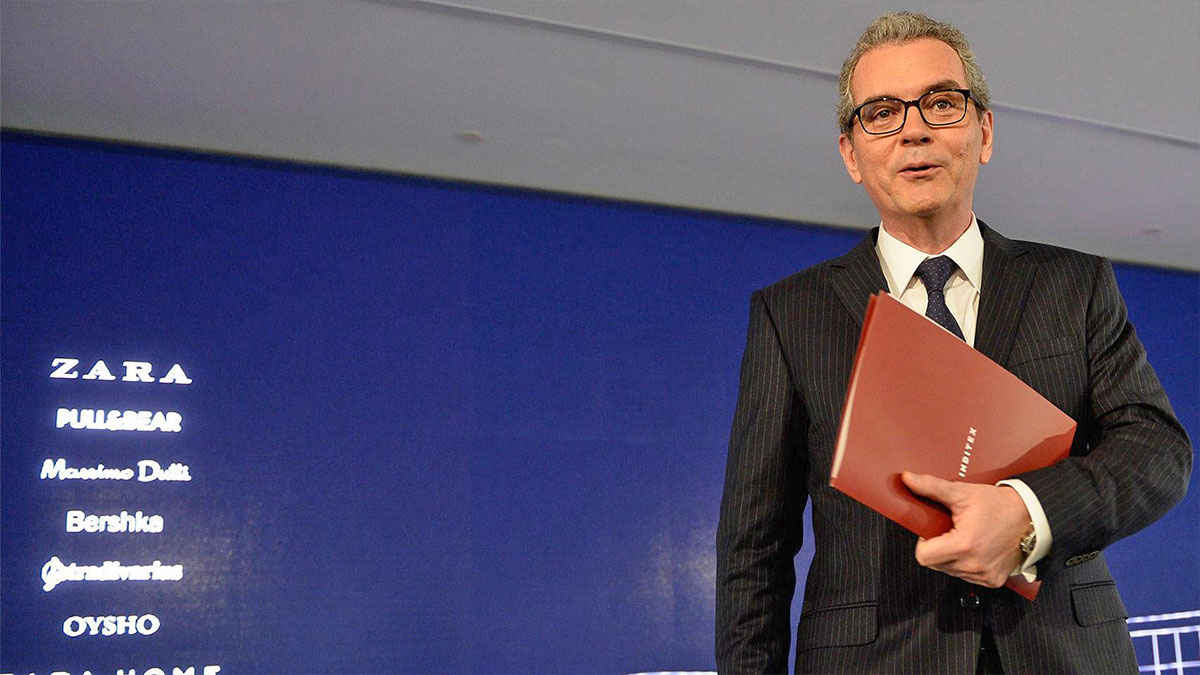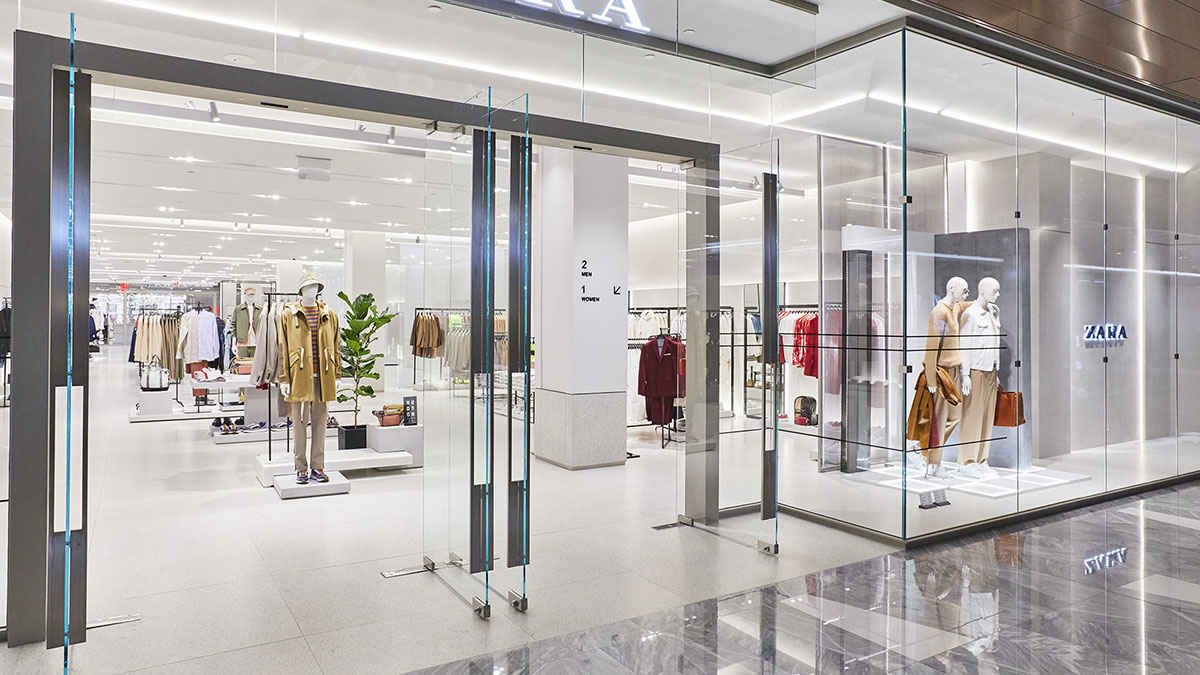Spanish retail and fashion giant, the Inditex Group realized a loss for the first time in its history. In the first quarter of 2020, covering February 1 to April 30, 88% of Inditex Group stores were closed due to the Covid-19 pandemic, and sales dropped 44% during this period. Inditex Group, which includes Zara, Massimo Dutti, Pull & Bear, Bershka, Stradivarius, Oysho and Uterque brands, lost 409 million Euros in the first quarter of the year. The group announced a profit of 734 million Euros in the first quarter last year.
With most of its stores closed in the first quarter of the year, Inditex Group netted 3.3 billion Euros sales levels with a decrease of 44%. As of the end of April 2020, the group’s inventory remained at 10% lower than the previous year. During this period, the group managed to reduce its operating expenses by 21% thanks to active cost control, despite medical and healthcare equipment spending against pandemics. Inditex, which had a net cash position of 6.7 billion Euros in April 2019, announced 5.8 billion Euros in April 2020. Against the measures taken in the first quarter of the year, the Group achieved a loss of 508 million Euros in interest and pre-tax profit (EBIT) and a net loss of 175 million Euros.
Store sales drop, online sales exploded
During this period when the stores remained closed, Inditex increased its online sales by 50%. Considering only April, the increase in internet sales observed as 95%. Pablo Isla, Chief Executive Officer of Inditex Group, also announced the 2020-22 strategic plan that will shape the future of the group. According to this plan, the company aims to increase online sales. For this, it will need to spend 1 billion Euros on its online infrastructure and an additional 1.7 billion Euros for the integration of stores. The group also introduced its proprietary digital platform, which will be completed during this period. In this context, the company aims to make up more than 25% of total sales by 2022 by online sales. In 2019, the share of online sales was calculated as 14%.
An important aspect of the group’s proprietary digital platform plan is Inditex’s Open Platform (IOP) project; where all digital transactions will be carried out. Starting from the e-commerce platform; it layers in all the associated processes, including inventories, purchasing, distribution and orders, injecting flexibility and, vitally, scalability. This platform, whose configuration is based in 2018, currently has 60% operability and it is aimed to reach 100% in 2020-22.

Inditex expects growth
Inditex expects to achieve 4-6% annual growth with a sustainable and smart integrated store structure. The stores will act as a fashion centre in the most strategic shopping areas of the cities; and will be connected to each other on a global scale. To this end, Inditex plans to strengthen the e-commerce capacity of all its brands. The group will also apply the RFID system to all brands for integrated inventory management by the end of 2020.
Continuing its store upgrade plan since 2012; Inditex plans to reduce the number of shops, which is 7,412; by closing smaller ones to 6,700-6900. The group aims to keep the number of employees constant while planning to reduce the number of stores.
Another target point of the Inditex Group will be sustainability. Physical and online stores will act as sustainability centres. That is, less and renewable energy will be used, disposable plastics will not be used; all materials will be recycled and reuse of all clothing will be encouraged.


